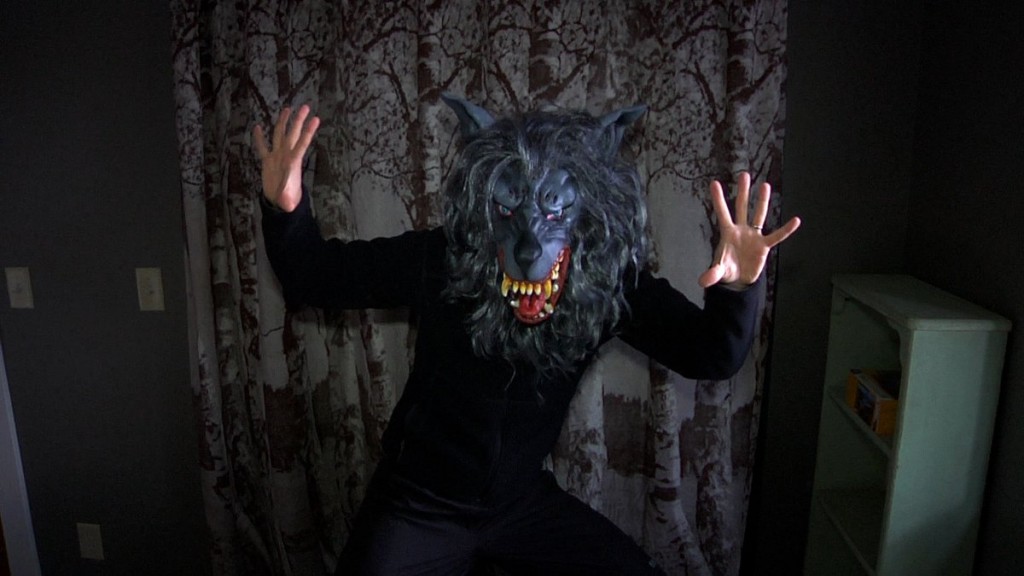Let’s get one thing out of the way here, Creep, the feature film from Patrick Brice and Mark Duplass, understands it’s own formula. They realize what Creep is and work within the narrative mathematics set forth by the creatives before them. What makes Creep somewhat special, though, is they manage to manipulate and rearrange the formula in such a way that for a precious period of time in the film the audience will be puzzling over wether “2 +2” is gonna end up equalling “4” after all. And in a standard, formulaic thriller/horror that is pretty special.
Let’s set forth the equation of Creep. Cameraman is approached for a mysterious job in an isolated location + client is a strange and kinetic man with obvious secrets. Seems like a pretty straight forward equation right? Right now, you think you know the ending of the movie. You did that math. And one could argue that you are right. Components are presented in a straightforward manner and everything totals up correctly at the end. The part you’re wrong about happens at about the forty-eight minute mark. That’s when Duplass and Brice throw in some quantum physic addendums to a seemingly simple formula. That’s when a well crafted exercise in tested horror formula goes off in a direction that will make the outcome and the sum of the film’s parts come into question.
There is no benefit in revealing how everything sums up in the end, how the storytellers get to their conclusion. There is no reason to show their work. The film ends up equalling something and that something makes sense, the method of that is best not revealed and/or nitpicked too intensely. Let us just say, though, the ending does roll back around to where most people would assume it would end up. The admirable part of that is that is the film makes us question that inevitable conclusion.
At the heart of all that, what keeps the entire thing cohesive as the film explores, is the relationship of the two men. When experimenting with narrative formula a film needs a solid baseline of familiarity. The performances of both actors, and the writing of their relationship is that baseline here. Whatever leaps the narrative is taking, and whatever emotional vertigo that results in, is tempered by the subtle and strong performance of both Duplass and Brice. While Brice seems to strain in certain scenes, it becomes clear this strain is intentional in the scope of the larger narrative formulaic experimentation.
So yes, Creep is formulaic and it respects that formula. But as the adage goes, the sum is not always equal to all of it’s parts. Sometimes it isn’t what the formula ends up equalling that is impressive, it is the method in which it reached it’s sum. Duplass and Brice are narrative mathematician’s here and they managed a minor breakthrough in the world of narrative mathematics.



